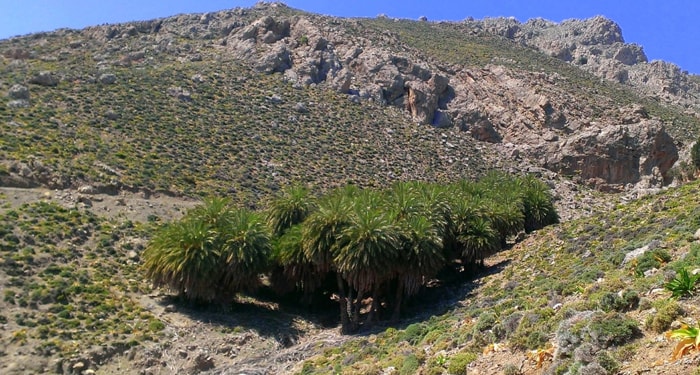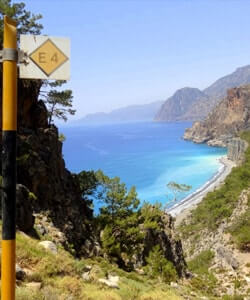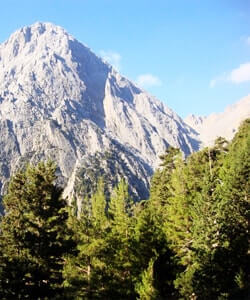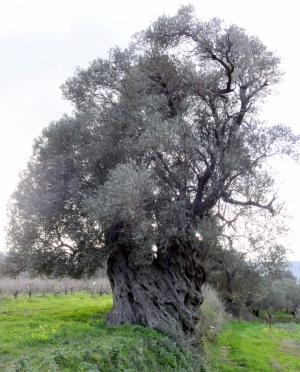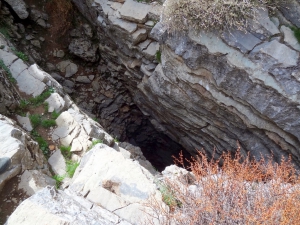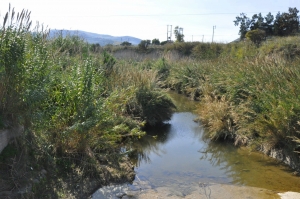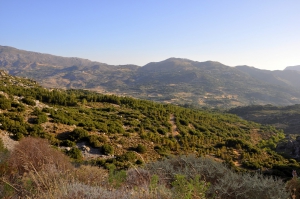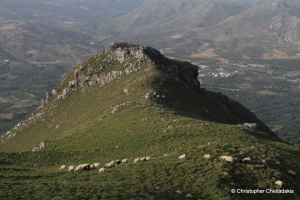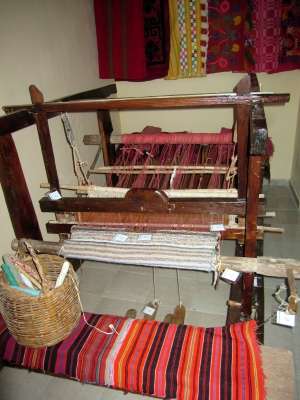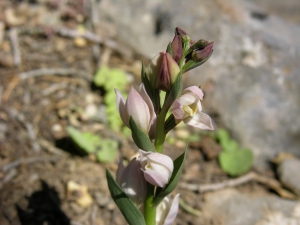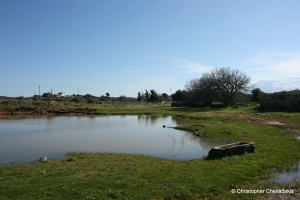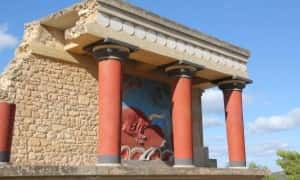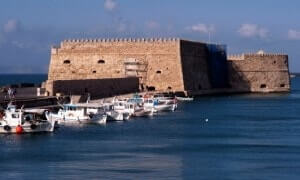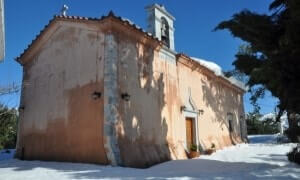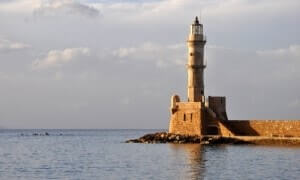The olive tree has been declared by the Association of Cretan Olive Municipalities as a natural monument due to its relief trunk. Its variety id called hontrelia and is grafted on a rootstock of a wild olive tree. The tree belongs to the Church and at a height of 0.8m it has 4.2m diameter and 10.6m perimeter, while its base has 4.5m diameter and 12.1m perimeter.
Tafkos is located at Petradolakia area at an altitude of 1,440 meters, approximately 13 km south of Anogia. It belongs to potholes and its explored depth is 475 meters and the total length is 383 meters. It is considered the second deepest cave at Psiloritis and when it was firstly discovered (1989) it was the deepest cave in Greece.
The river Giofyros or Diakoniaris is located in the northern prefecture of Heraklion. It is watered by several tributaries close to the village of Profitis Ilias (Prophet Elijah) and flows next to the Pancretan Stadium, in Heraklion city.
Vatolakki is located near the village of Kissos, 33km southeast of Rethymno city, close to the exit of Kissano Gorge. The forest covers an area of 600 acres and is an important green “lung” in the area of Kedros Mount.
Above the village Atsipades of the province St Basil, Rethymno we meet a range of small peaks with the higher being that of Kouroupa. The mountain range of Kouroupa stretches from west to the east separating the villages of the valley of St Basil by the seaside settlements, while defining a different climate. The boundaries of Kouroupa are sharp and are bounded by two long and majestic canyons, Kourtaliotis and Kotsifos. Beyond the peak of Kouroupa there are more smaller peaks, still very beautiful.
The folklore museum of Metohi - Sgoudiana is located near Korfos beach at Gavdos Island and was founded by the priest Emmanouel Bikogiannakis, who collected all Gavdian day life tools, agricultural and shipbuilding equipment, traditional costumes, household items, etc.
The Cretan cephalanthrera (Cephalanthera cucullata) is an endemic species of orchid that grows exclusively in the mountain forests of Crete, at an altitude of 700-1500m. It is a perennial herbaceous plant with short, creeping rhizomes. Its height reaches up to 20cm and it develops up to 24 whitepinkish flowers from May to June, but it does not bloom every year. In late June the seeds ripen and the aboveground plant parts dry.
In the heart of Province Mirabello, prefecture Lassithi, which the most arid region all over Crete one would not expect to meet a natural freshwater lake. However, at village Kourounes we meet one. Specifically in the area named Limni (lake) at the south entrance of the village and next to the first houses of the small village we find the lake of Kourounes.





